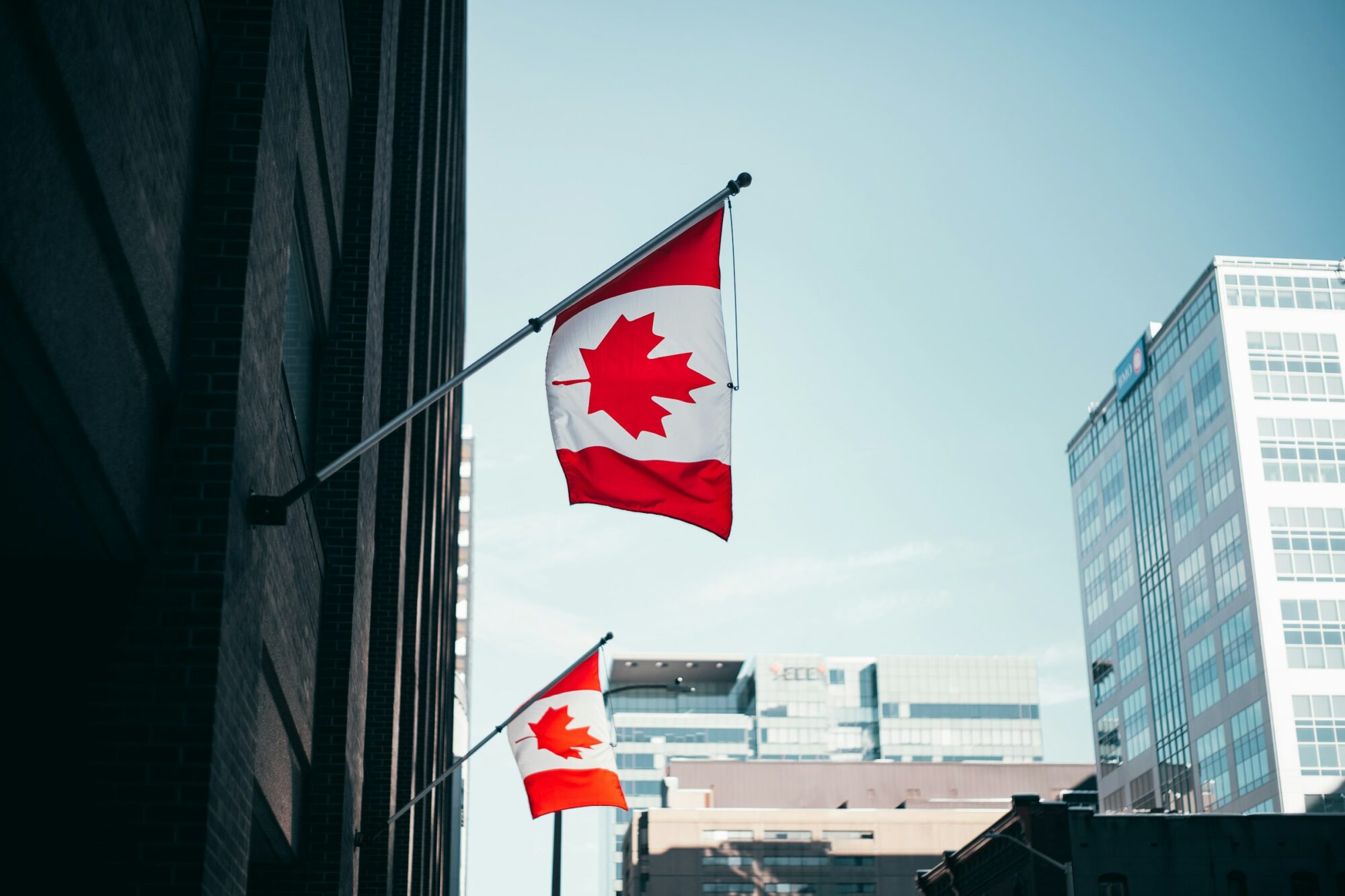In October, 2021, consumer prices rose by 4.7% compared to a year earlier. This is much higher than the 2% Bank of Canada and Government of Canada agreed target rate and the 2% average rate of almost three decades. This has prompted serious concerns.
Some fear that Canada and other countries are returning to the high inflation rates of the 1970s and 1980s due to overly expansionary monetary policy. It is argued by mainly conservative pundits and politicians that ultra low interest rates and large government deficits have resulted in rising “demand side” inflation—that is—too much money chasing too few goods.
The solution to such inflation is fiscal austerity and at least a gradual increase in interest rates.
The Bank of Canada and most economists argue, by contrast, that inflation has been driven higher mainly by temporary “supply side” problems driven by the pandemic such as disruptions in national and global supply chains. For example, there is a global shortage of electronic chips caused by a lack of demand during the pandemic followed by difficulties resuming pre-pandemic production and employment levels.
Inflation is still seen by the financial markets as, most likely, a temporary blip. Long-term bonds pay almost as much in interest (1.6% in the case of ten year bonds) as real return bonds which are indexed to prices.
The mainstream view is that we should remain calm and only gradually tighten monetary and fiscal policy as the global economy recovers from the pandemic.
This view is persuasive so far as it goes, but tends to discount the squeeze on living standards imposed by rising prices. Wages, as measured by average hourly earnings, were up just 3.0% in October compared to a year earlier, 1.7 percentage points less than the rise in prices.
The squeeze on household incomes is greater for many than is suggested by the widely used Consumer Price Index or CPI. Many low income families and singles have great difficulty finding affordable rental housing, but rent makes up just 6.2% of the CPI which is based on the spending patterns of an average family. It is not uncommon for many renters to spend one third to one half or even more of their income on rent.
Low and modest income households also tend to spend a higher than average share of their income on food and on transportation, both of which have recently become much more expensive.
While the elderly are protected to some degree from inflation by indexed public pensions (ie the Canada Pension Plan. Old Age Security, the Guaranteed Income Supplement), this is not the case for ordinary, lower income working-age families whose wages have continued to lag prices. This risks a greater backlash against needed environmental measures.
The need for government action
Governments should seek to lessen the impact of rising prices for essentials on struggling households. One answer would be to raise rental housing and child care subsidies, at least pending a major expansion of affordable housing and not for-profit child care. Subsidies to public transit should be increased and fares reduced or eliminated.
As widely noted, many corporations have actually increased their profit margins during the pandemic, often due to their power to set prices due to lack of competition. Governments should regulate in areas like telecom and financial services (for example, credit card interest rates) to make services more affordable.
As noted, for all of the talk about labour shortages, there are few signs that wages are rising, especially at the lower end of the job market. Even Ontario Premier Doug Ford has seen the need to finally raise the minimum wage.
High inflation may prove to be temporary, but unless and until it subsides, governments need to act to protect those who are struggling.





